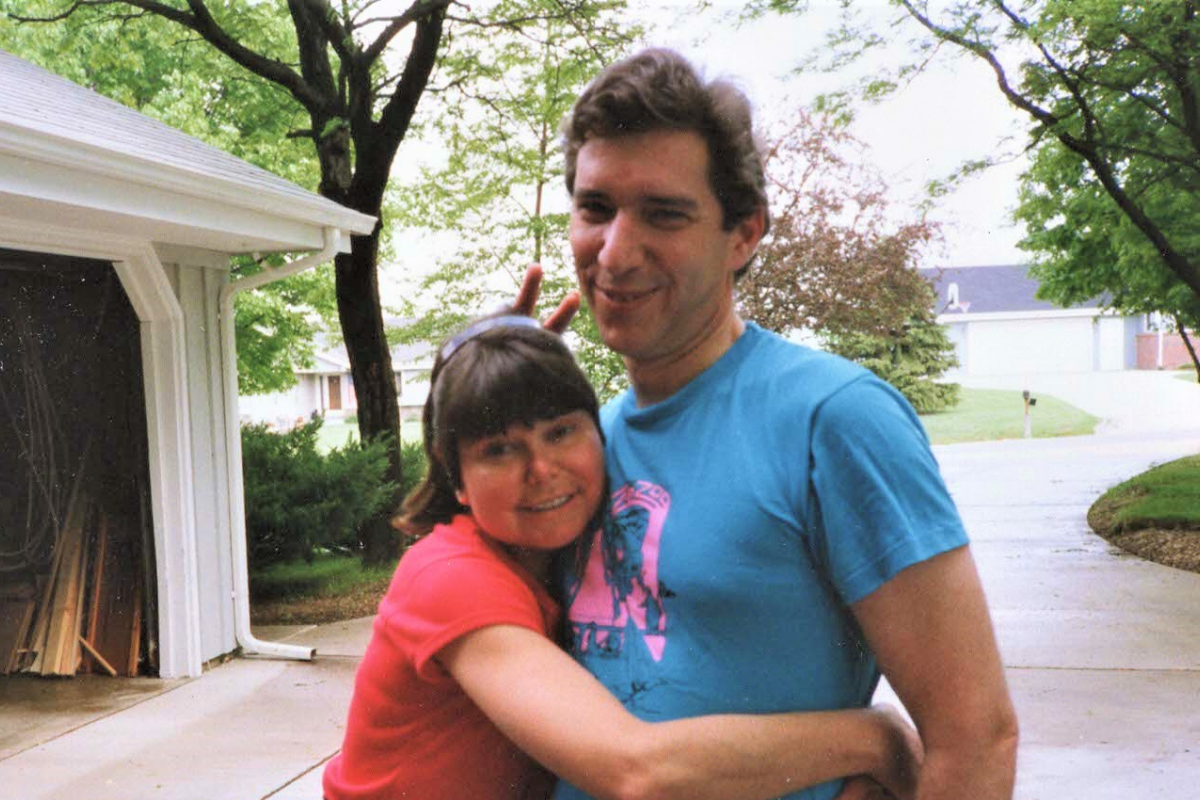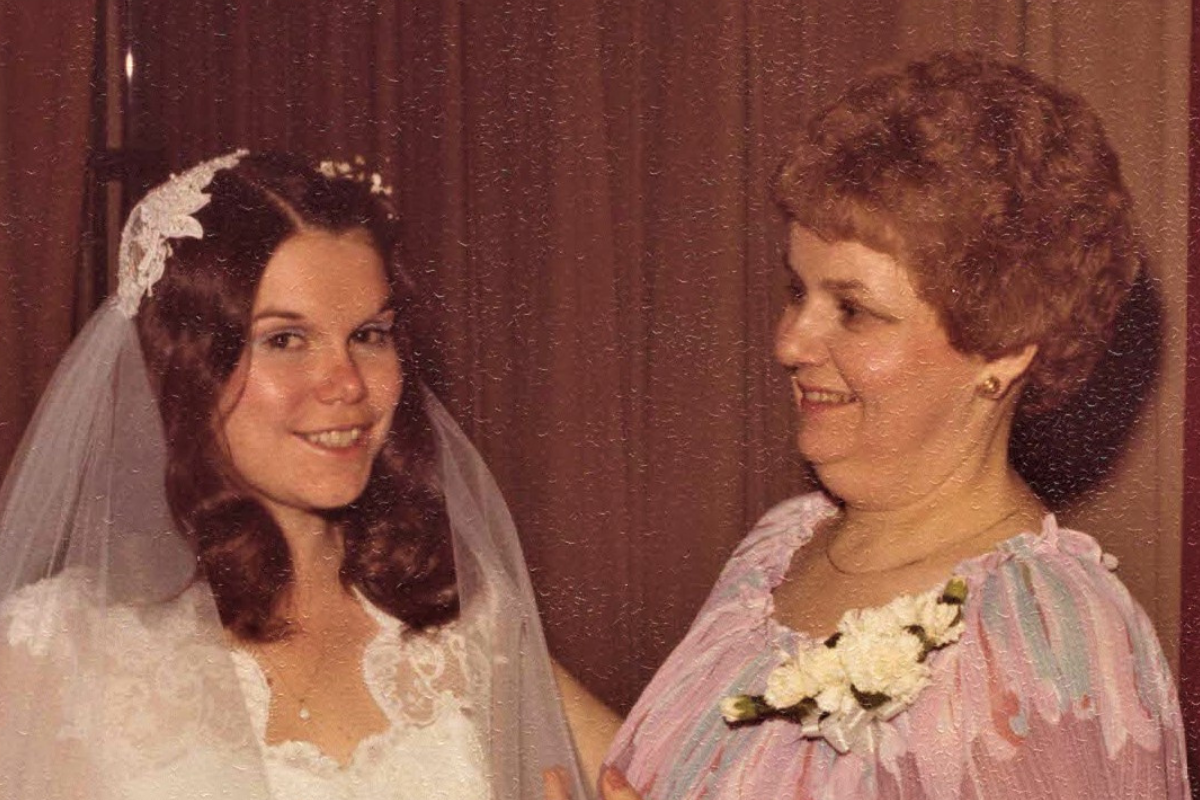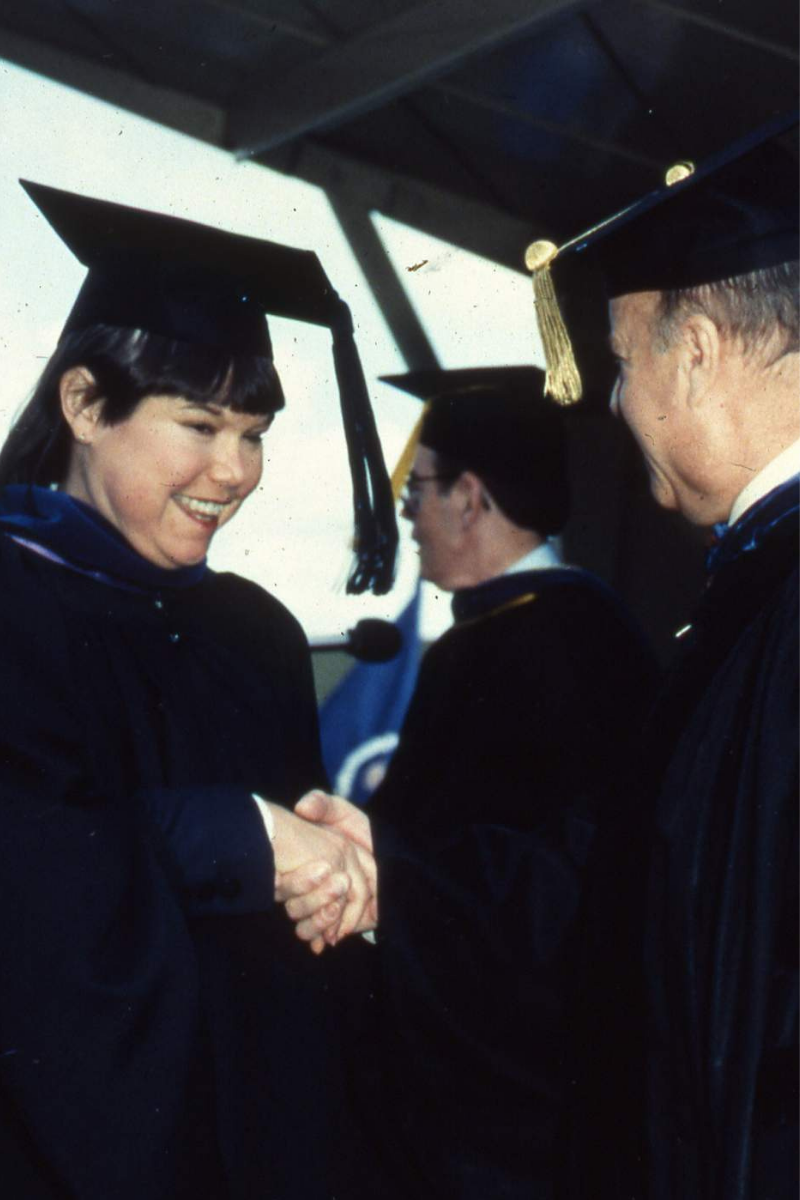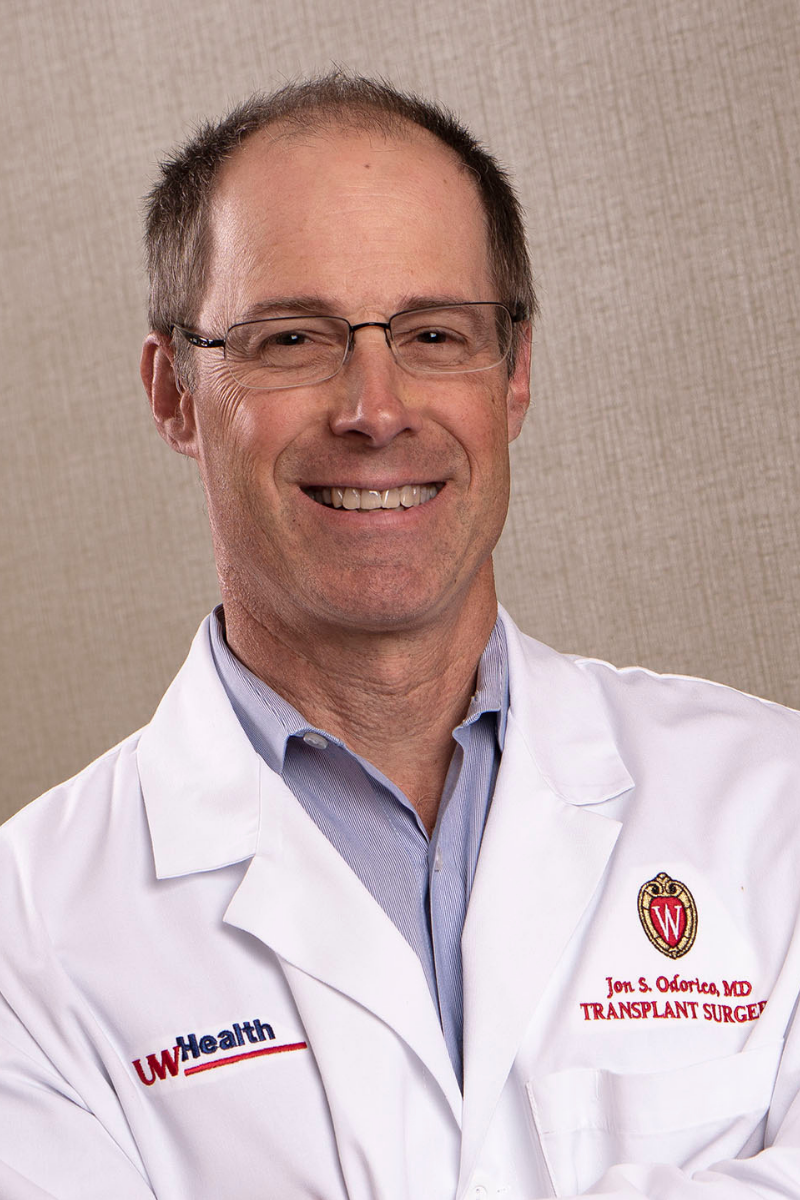
Cheryl Diderich was determined, smart, resilient, and courageous. She loved the ballet, horse racing, and collecting teddy bears. She was proud of her MBA and her professional career. She also had type 1 diabetes (T1D), but she never wanted to be remembered for that.
Cheryl had the support of her husband (Roger), mother (Virginia), father (Russell), sister (Brenda), and the doctors at UW Health in Madison, Wisconsin, to help her through it, from T1D to skin cancer to lymphoma, which she died from in 2019. But she had a wish: Donate to science.
So, Roger donated her entire retirement fund—$1.2 million—to Breakthrough T1D, to fund the research of Jon Odorico, M.D., Professor of Surgery and Director of Pancreas and Islet Transplantation at the UW Health Transplant Center in Madison, Wisconsin.
Family First
“We first met when we were both working for the Parker Pen Company in Janesville, Wisconsin,” says Roger. “Rev. Paul Garchow married us on April 25, 1981, at St. Paul’s Evangelical Lutheran Church.”
“I remember [Roger] asking her father to marry her,” says Virginia. “Dad told of her being diabetic, so to be well informed. His reply, ‘I understand, and I will care for her.’”
One year after they got married, Roger’s care was put to the test. That’s when, at 24 years old, she required a kidney transplant, donated by her mother. (In T1D, the kidneys lose the ability to filter out protein, causing kidney failure in 1 out of 4 people with the disease.)
But Roger was there to support her, through thick and thin.
“When she woke up in the morning after surgery, she insisted on talking to her mother,” Roger said. “Thinking that she wanted to thank her mother for the special gift, I agreed to help her walk to her mother’s room. When we finally got to her room, Cheryl walked up to the bed and yelled, ‘Get out of bed!’”
“Cheryl remembered how important it was to be up after surgery,” said Virginia.
She would have three more transplants—her kidney once more, and two pancreas transplants—at the time of her death.
She’s a Keeper
Cheryl was born in 1957 and was diagnosed with T1D at age 8. This was before insulin pumps, continuous glucose monitors, and engineered insulin were around.
But that didn’t stop her from having a full and active life.
She was recognized as a Critical Business Thinker by Booz-Allen & Hamilton. She and Roger would make two trips to Lexington, Kentucky, a year; one for the spring races and one for the horse sale at Keeneland Race Course. She had over 150 teddy bears of all shapes and sizes.
And “Cheryl loved to walk,” remembers Roger. “When she could, she would take three 3-mile walks per day. Because she suffered so many broken bones in her feet, she often had to do her walks on crutches. She would start her walks between 4:00 and 4:30 in the morning. One morning, she walked in the house and announced that she had been stopped by the local police with red lights and siren. I asked what she was stopped for and she replied, ‘Speeding. He said I was going way too fast on those crutches.’ She could walk faster on crutches than she could run.”
“She was a lifelong learner, an avid gardener, and an excellent cook,” says Roger.
And she was determined not to have T1D get in the way from her achieving her goals.
“She was a fighter,” says Roger. “One day, when she was a patient at University Hospital in Madison, she finagled a pass for the afternoon. They took out her IV and she got dressed in a business suit. I drove her to Milwaukee, and she went to an hour and a half job interview. When the interview was over, she got back in the car and promptly fell asleep and slept all the way back to the hospital. You just couldn’t tell her anything.”
Better Beta Cell Transplantation
Dr. Odorico has been funded by Breakthrough T1D for 20 years, from the early days of stem cell research to, now, helping stem cell-derived beta cells become unrecognizable to the immune system. That way, you can transplant beta cells without the need for immunosuppressive drugs—which, as anyone who has had an organ transplant knows, have serious and sometimes devastating complications.
One of the ways to make cells unrecognizable is to use gene editing technology, which allows researchers to take a section of genetic material from a cell and alter or modify its DNA sequences to behave or respond to external signals a certain way. By manipulating the genome of transplanted beta cells, for example, Dr. Odorico could potentially eliminate the alarm signals that trigger the immune attacks and reduce the need for immunosuppressive drugs. This work is being done in collaboration with a large team of scientists, including those at the University of Wisconsin-Madison1 and at Memorial Sloan Kettering Cancer Center.2
“Our team is very excited about the potential impact of this work for improving the lives of people with diabetes,” says Dr. Odorico.
Cheryl’s husband and family believe in Dr. Odorico’s work and how it could help people beyond the T1D community—so much that he donated Cheryl’s entire retirement fund.
A Family Affair
Dr. Odorico has another reason to advance the search for cures: He has a daughter with T1D. This has made him and his wife, Courtney, connected to Breakthrough T1D beyond the research. He is not only Breakthrough T1D-funded, but is a scientific advisor to Breakthrough T1D, external grant reviewer, major donor, and very involved with his local chapter; his wife serves on the chapter board.
So when Roger reached out about funding his research, Dr. Odorico introduced him to Breakthrough T1D. And the rest was history.
Learn more about the researchers we fund, and learn how you can support their work to prevent, treat, and—one day—find cures for T1D.
1University of Wisconsin-Madison investigators include Matthew E. Brown, Ph.D., Jenny Gumperz, Ph.D., Michelle Kimple, Ph.D., Matthew Merrins, Ph.D., and Sara Sackett, Ph.D., as well as graduate students, Daniel Tremmel and Michael Schaid, research specialist, Samantha Mitchell, and associate scientist, Dana Baiu, Ph.D.
2Memorial Sloan Kettering Cancer Center researchers include associate member, Danwei Huangfu, Ph.D., and postdoctoral researcher, Dapeng Yang, Ph.D.


